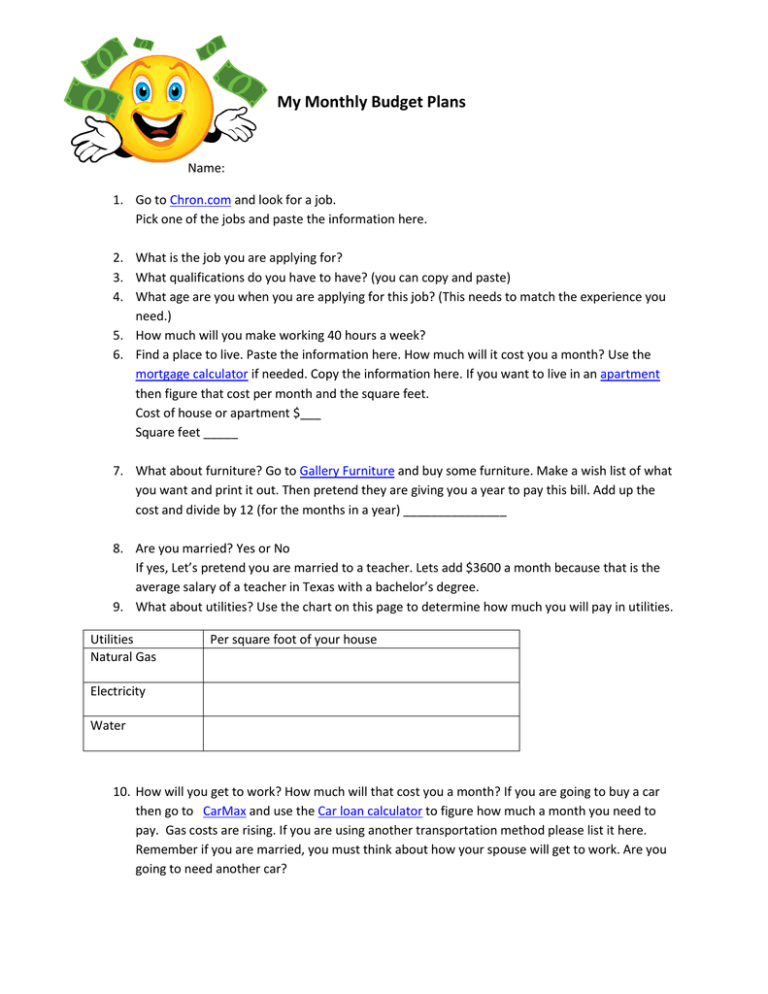
A Curriculum vitae is a document which describes a person’s career. This document contains information about education and work experience. It can be presented as many different formats as you like, and it should be clear and easily read. It should also be industry appropriate. A traditional serif font works well in formal or creative industries. A sans serif font is a better option if your preference is for a more modern look. Font size should be between 10.5 - 12 points. You can also make the document standout by using a larger font for the header.
A curriculum vitae gives an overview about a person's entire professional career.
A Curriculum Vitae is a document that gives an overview of the professional life of a person, including their education, work experience and qualifications. It is also known by the name "resume" and is used in applications for academic positions and fellowships, advanced research, internships, and other opportunities. You can modify the document according to your position and the contributions you have made.
Curriculum vitae is a document that details a person's educational, professional, and extracurricular activities. You can have several pages or a few pages. It can also cover many decades of work experience. This document is very similar to a resume. However, it includes more specific details.
Work experience comes first
Your education and experience should be the two first sections of your CV. Many job seekers don't know which section to put first. The order you choose depends on your level of experience and the relevancy of your education to what job you want. Education should be first if you have only one or 2 relevant jobs.

A resume should be very specific and highlight your skills and achievements. Include the titles and dates of any previous positions you have held. Employers will appreciate your knowledge of the position and company by listing your responsibilities.
Education comes first
When writing a resume, many people ask: "Do I put my education or work experience first?" This depends on the purpose of the resume. Education may be more important than experience if you are a recent graduate. Part-time work may not be relevant if you have only held part time jobs. Education is the most important thing in these cases.
When creating a CV, you should emphasize your university education. Employers will be able to see your knowledge and skills. It can be used to mention your university education and any modules you studied during school. You can also include details of your secondary education, such as your grades and the number you have earned.
Sans serif fonts express creativity
If you're looking for a font that expresses creativity, consider a sans serif font. Sans serifs are generally more modern and soft. They will help make your resume stand apart without making it look too outlandish. These fonts are popular in graphic design, but they're not always appropriate for resumes. It's also worth noting that they only come preloaded on Macs. Alternatively, you can use Arial, which is the default font on most systems. Roboto, a font that's simpler yet has the same sans-serif style, is another option.
You should consider the readability, design, as well as spacing when selecting a font. Serif fonts are more professional but not always the most readable. If you're trying to make a connection with a recruiter, choosing a font that's unreadable will make you look unprofessional. Keep in mind that applicant tracking systems are not always intuitive for many companies. You can impress ATS by using a font that is not serif. This type of font is popular in modern design, and is more suitable for creative and marketing positions.

Add hobbies or interests
You may wonder if you should add a section on your CV to list your hobbies and interests. Although the answer is yes they should, make sure they are specific and pertinent to the job. A good rule of thumb is to list no more than five or six activities. List too many and the hiring manager might lose interest.
Your hobbies and interests could be a strong asset to your application. You may also be able to demonstrate transferable skills that are relevant to the role. If you're an actor, your acting skills can be used for sales. The same goes for metal detectorists. You can show off your motivational skills.